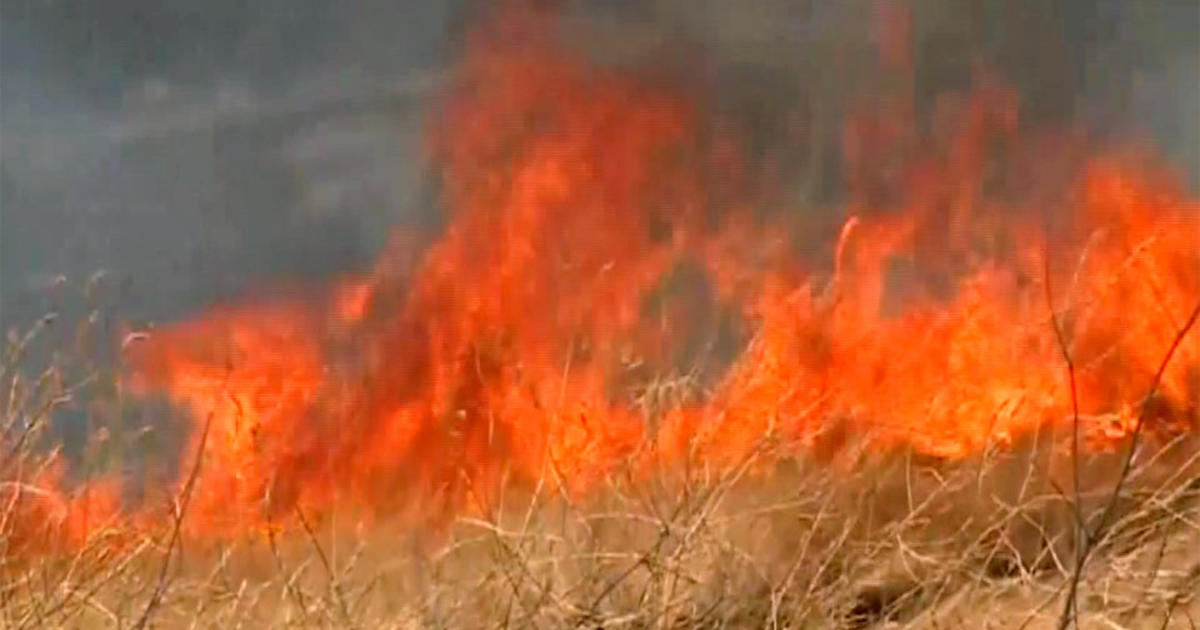Harsh Minn. Winter Threatens Deer Population
TOWER, Minn. (AP) -- This year's particularly harsh winter has hit northern Minnesota's deer population hard, and the survivors could even be in trouble if spring weather doesn't kick in soon.
The Minnesota Department of Natural Resources says it is finding more and more dead whitetails in the woods, and the agency expects even more to surface over the next two weeks or more. That's because the animals can't find food and become vulnerable to death by natural causes or predators such as wolves, the Mesabi Daily News of Virginia, Minn., reports. Sometimes it's difficult to tell whether a deer died before or after the wolves got to it.
This winter is already above average and could become classified as severe if there's no significant snowmelt by April, the DNR said.
A study of northern Minnesota fawn mortality that took place between 1991 and 2005 showed the rate more than doubled in an above average winter when compared with an average winter.
One of the worst winters in the past 20 years was in 1996. That year, the Minnesota Legislature mandated an emergency deer feeding campaign, but it was costly and ineffective, said Tom Rusch, DNR wildlife manager for Tower and Eveleth.
"We saw a decline anyway," Rusch said. "You can't reach enough deer and when winters are severe, you lose deer regardless of whether we feed them."
The winter that followed was almost as bad and led to a bucks-only hunting season in 1998. Those winters contributed to the current licensing rules, which give the DNR the power to adjust permit numbers based on the deer population.
This year, hunters are likely to see bucks-only restrictions in many areas, and more conservative numbers across the state.
(© Copyright 2011 The Associated Press. All Rights Reserved. This material may not be published, broadcast, rewritten or redistributed.)



